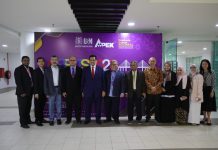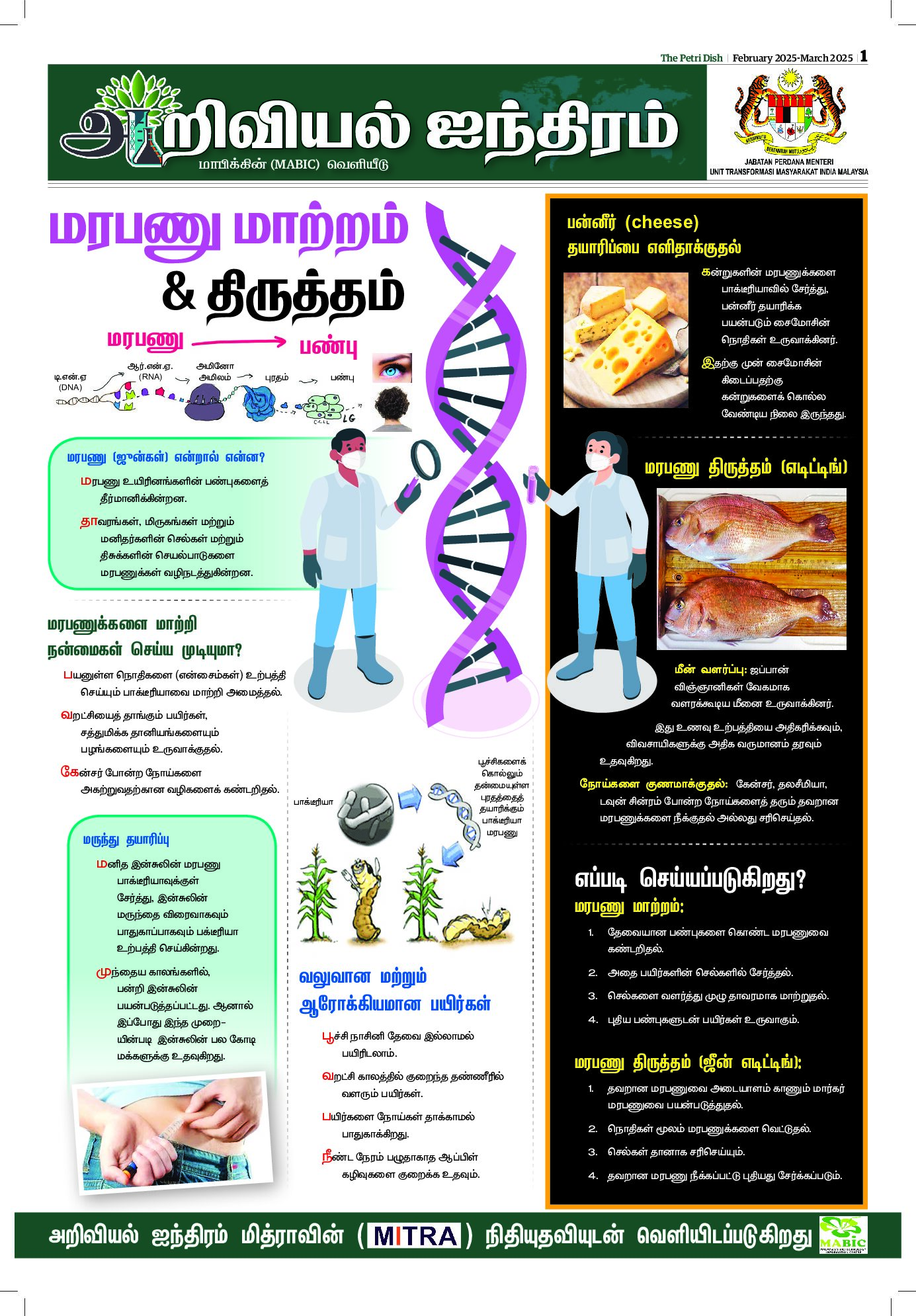AN international collaboration led by the Deutsches Elektronen-Synchrotron or DESY, with participation from Arizona State University’s Biodesign Center for Applied Structural Discovery, the Department of Physics and the School of Molecular Sciences, has announced the results of the first scientific experiments at Europe’s new X-ray free-electron laser, European XFEL.
Over 120 international researchers collaborated on the study, whose findings–including the first new protein structure solved at the European XFEL–are reported in the advanced online edition of the journal Nature Communications.
Petra Fromme, director of the Biodesign Center for Applied Structural Discovery underlines the significance of the first research study carried out using the new European XFEL: “One of the most exciting capabilities of X-ray lasers is being able to make movies of life’s most important processes at the atomic level.
“Our pioneering experiments at the European XFEL proved that you can resolve images that are only a millionth of a second apart.
The pioneering work not only demonstrates that the new research facility can speed up experiments by an order of magnitude, it also reveals a previously unknown structure of an enzyme responsible for antibiotic resistance.
“The groundbreaking work of the first team to use the European XFEL has paved the way for all users of the facility who greatly benefit from these pioneering experiments,” emphasises European XFEL managing director Robert Feidenhans’l. “We are very pleased – these results show that the facility works even better than we had expected and is ready to deliver new scientific breakthroughs.”
“Being at a totally new class of facility, we had to master many challenges that nobody had tackled before,” says DESY scientist Anton Barty, from the Center for Free-Electron Laser Science (CFEL), who led the team of about 125 researchers, involved in the first experiments that were open to the whole scientific community.
“I compare it to the maiden flight of a novel aircraft: All calculations and assembly completed, everything says it will work, but not until you try it do you know whether it actually flies.”













